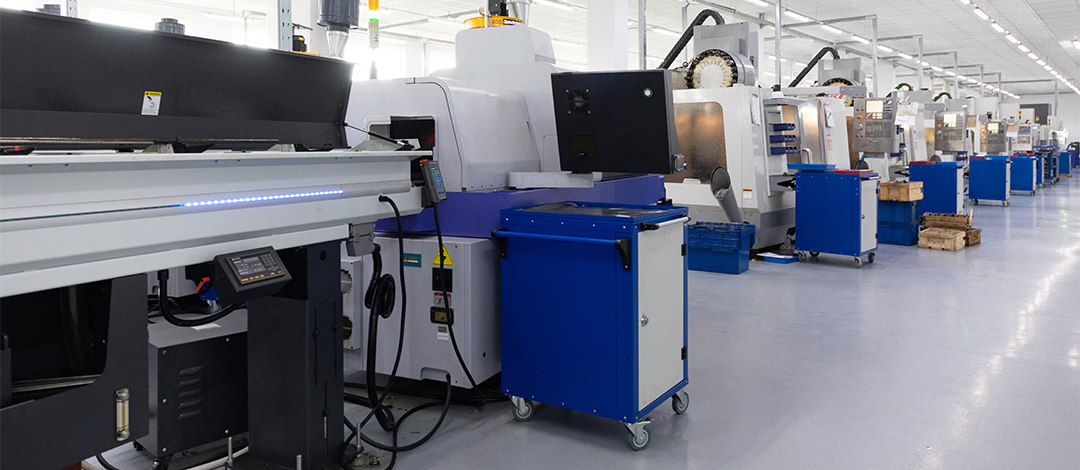
The magic of offset printing goes beyond just ink and design. The paper you choose becomes the foundation for your vision. At Autoprint, we empower you to make informed paper selections, regardless of the offset printing machine you use, be it a traditional press, a single colour offset machine, or even a high-speed mini offset machine.
This guide equips you with the knowledge to navigate the world of paper and find the perfect match for your project.
Understanding Paper's Role in Offset Printing
Paper plays a crucial role in offset printing, impacting not only the final visual appeal but also the project's functionality. Let's delve into the key factors to consider:
1. Finish: The surface texture of the paper significantly influences the final look and feel of your printed piece. Here are the common finishes and their applications:
- Uncoated: Offers a natural, matte finish with higher ink absorption. Ideal for text-heavy content like books, manuals, and documents where readability is paramount.
- Gloss Coated: Provides a shiny, vibrant surface that makes colors pop. Perfect for brochures, posters, and catalogs where visuals take center stage.
- Matte Coated: Lends a smooth, non-reflective surface, balancing visual appeal with readability. Well-suited for magazines, presentations, and reports.
2. Weight (GSM): Measured in grams per square meter (gsm), weight determines the thickness and durability of the paper. Here's a general guide:
- Lightweight (60-100 gsm): Ideal for flyers, leaflets, and brochures, even for use on high-speed mini offset printing machines for larger print runs.
- Mediumweight (100-200 gsm): Perfect for business cards, booklets, and magazine inserts, offering a good balance between weight and durability.
- Heavyweight (200+ gsm): Makes a statement for book covers, presentation folders, and high-end packaging, ideal for projects requiring a more robust sheet.
3. Color: While white is the traditional choice for accurate color reproduction, colored paper can add a unique touch and complement your brand identity. It's particularly well-suited for non-woven bag printing. Remember to consider the contrast between ink and paper color for optimal readability. Darker inks may not show up well on dark paper, and vice versa.
Matching Paper to Your Project's Needs
Now that you understand the key paper properties, let's explore how to choose the right paper for your specific offset printing project:
1. Content: The content of your project should guide your paper selection.
- For text-heavy pieces like books or reports, prioritize readability with uncoated or matte-coated paper.
- For projects with a strong visual focus like brochures or posters, glossy surfaces can make the colors stand out.
2. Durability: Consider how the printed piece will be used. High-traffic items like brochures benefit from heavier paper (100gsm or more) to withstand wear and tear. Flyers, on the other hand, can utilize lightweight options (60-100gsm), especially if using a high-speed mini offset machine for larger print runs.
3. Budget: Uncoated paper is generally the most economical choice, making it suitable for projects with tighter budgets. Specialty finishes like gloss or textured paper come at a premium and might be a better fit for high-impact pieces.
4. Aesthetics: Don't underestimate the impact of paper aesthetics on your project's overall message. Glossy finishes convey a modern, luxurious feel, while uncoated paper creates a natural, earthy aesthetic. Choose a paper that aligns with the desired mood and brand identity.
Remember: Even with single colour offset printing machines or high-speed mini offset machines, paper selection can significantly impact the final product. Choosing the right paper ensures your project achieves the desired outcome, both functionally and aesthetically.
Compatible Paper Options for Autoprint Machines
The beauty of Autoprint's Colt and Knight series lies in their ability to handle a diverse range of paper types. Here's a closer look at some commonly used paper options and their ideal applications:
Color Wove: This paper comes in a variety of colors and often features a textured surface. Its unique combination of aesthetics makes it a popular choice for creating eye-catching invitations, announcements, and greeting cards in single colour offset printing.
Maplitho: An uncoated, woodfree paper known for its excellent opacity and printability. This paper is a workhorse for everyday printing needs, making it well-suited for brochures, letterheads, reports, and internal documents, even for projects on high speed mini offset printing machines.
Art Paper: This high-quality paper boasts a smooth, calendered finish, creating an ideal canvas for high-resolution photographs. Art paper is the go-to choice for projects where image fidelity is paramount, such as photo prints, art reproductions, and high-end brochures in the realm of offset printing.
Elevate Your Project: Beyond the Basics
- Specialty Papers: Explore textured, recycled, or colored options to set your project apart, even for use with mini offset printing machines.
- Embrace Sustainability: Choose FSC-certified paper for an eco-conscious approach to your offset printing.
Achieve Printing Perfection
By understanding paper properties and aligning them with your project's needs, you can make informed choices that elevate your offset printing project. At Autoprint, our team of experts is here to help! We can guide you through paper options, considering your specific project requirements and budget, whether you're using a traditional offset press or a specialised machine.